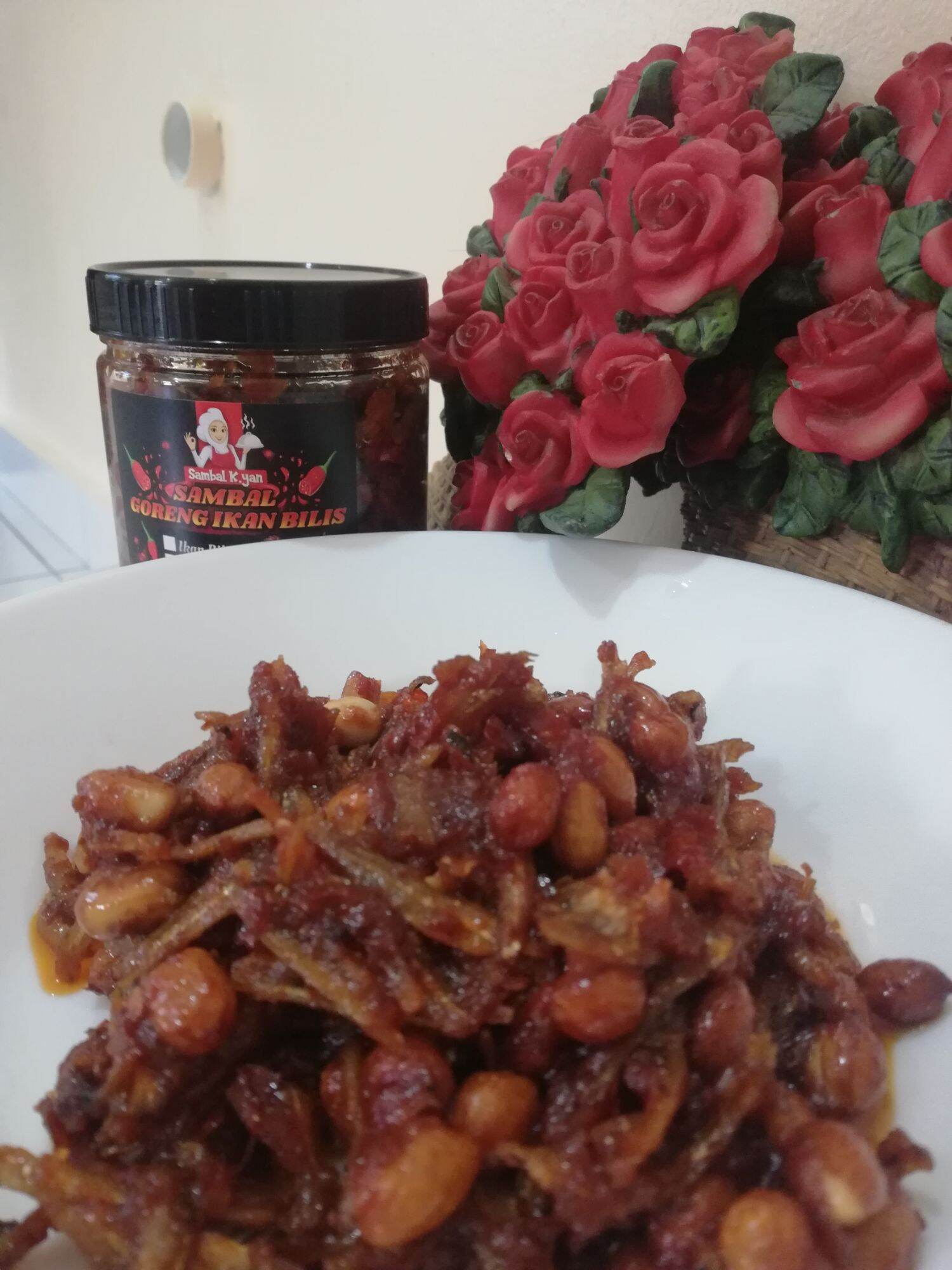
Southeast Asian Food, Classic and modern dishes from Indonesia, Malaysia, Singapore, Thailand, Laos, Cambodia and Vietnam. Archived from the original on 7 April 2014.

Archived from the original (PDF) on 7 April 2014. Malaysian Agricultural Research and Development Institute.

In Malaysia, rempeyek now is widely made using machines. In Indonesia, rempeyek making is traditionally a small-scale home industry, yet today some rempeyek producers have reached a larger production scale and distribute widely with a rempeyek-brand trading value reaching 25 million Rupiah (around US$2,100) monthly. It hardens upon frying and turns into a golden brown and crispy cracker. The flour batter acts as a binding agent for the granules (peanuts, anchovy, shrimp, etc.). The spiced batter, mixed or sprinkled with the granule ingredients, is deep fried in hot coconut oil.

Some recipes also add a chopped citrus leaf.

Today, rempeyek is commonly found in Indonesia and Malaysia, as well as in countries with considerable Indonesian migrant populations, such as The Netherlands and Suriname.Ĭoconut milk, salt, and spices such as ground candlenut and coriander are often mixed within the flour batter. The most common type of rempeyek is peyek kacang (" peanut peyek") however, other ingredients can be used instead, such as teri (dried anchovies), rebon (small shrimp), or ebi ( dried shrimp). Rempeyek or peyek is a deep-fried savoury Indonesian- Javanese cracker made from flour (usually rice flour) with other ingredients, bound or coated by crispy flour batter.


 0 kommentar(er)
0 kommentar(er)
